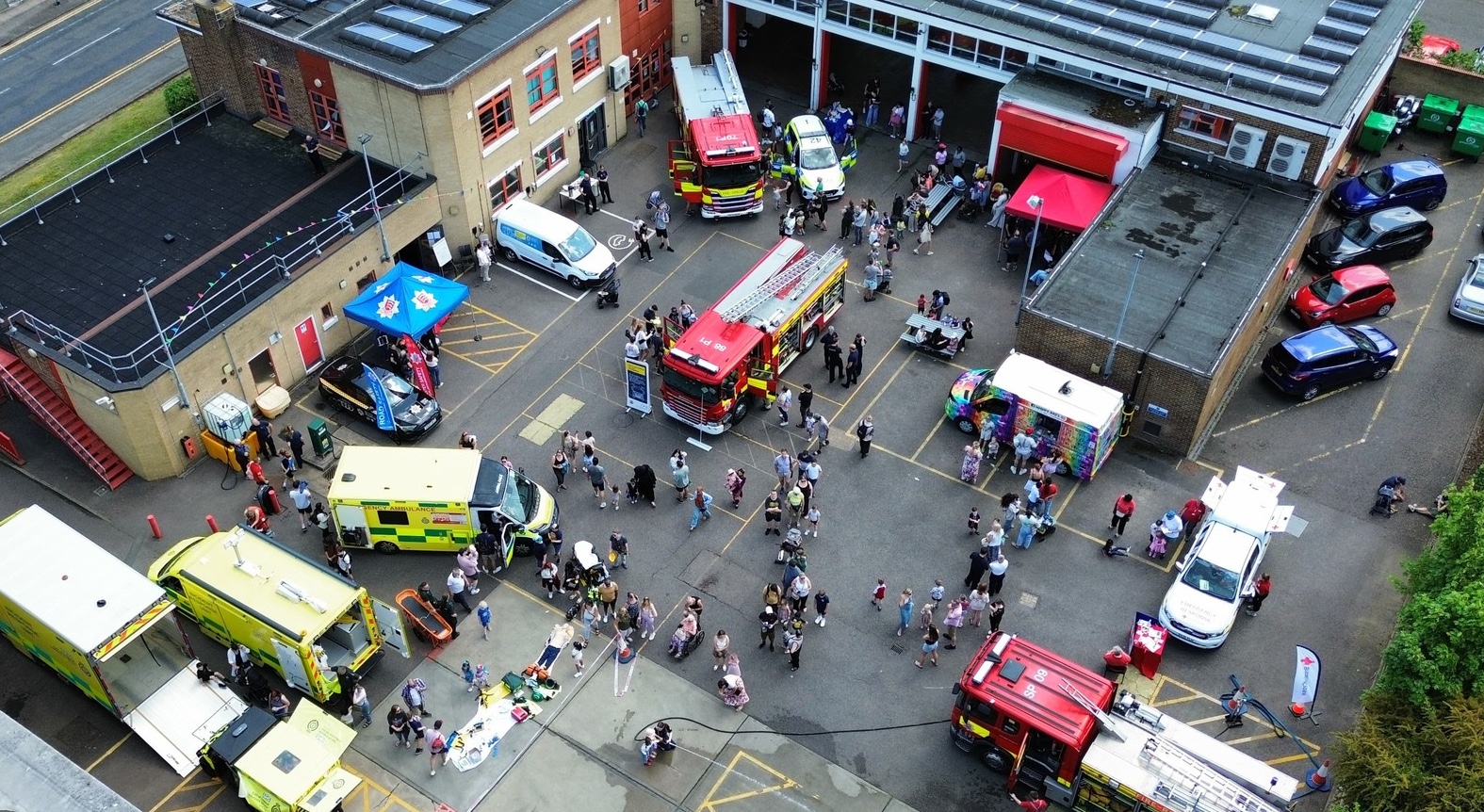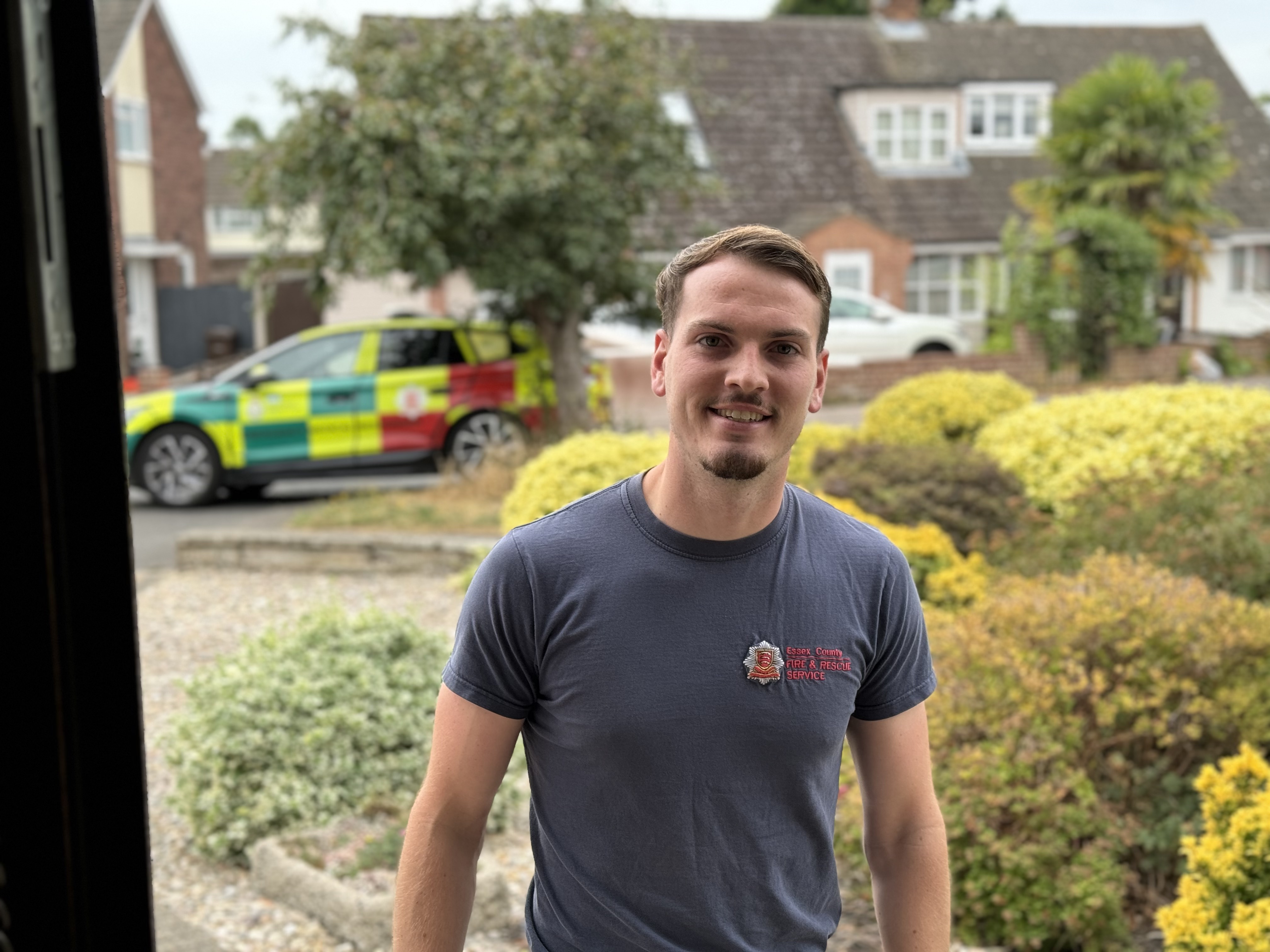
Chimney Fire Safety for Businesses
If your business has an open fire, a chimney or a wood burner, you need to include this within your Fire Risk Assessment.
Reducing the risk of fire from a chimney fire in a thatched property:
- Make sure you include the construction of the premises within your Fire Risk Assessment
- If you have a stove, use a stove pipe temperature gauge to help burn at a safe and efficient temperature
- Consider the type of fire in place. A stove type fire should be regularly checked by a competent person
- A chimney should be swept regularly by a qualified chimney sweep. How often depends on how often it is used and the type of fuel you are burning. A qualified chimney sweep will be able to give advice on this
- Make sure there is a chimney pot and that the top of the chimney pot is at least 1.8 metres above the thatch
- Line the chimney to prevent gases and sparks from reaching the thatch. This should be carried out by a competent person
- If you’re burning wood make sure it is well seasoned, which means it has been left to dry out for a long time allowing time for all the moisture to evaporate from the wood. Burning wet wood can cause water vapour to combine with other gases, particles and unless the chimney is kept warm, can create condensation, which makes a substance called creosote that hardens to form tar. This is extremely flammable and can lead to chimney fires
- A suitable fire alarm system should be installed by a competent person The system should be interlinked to extend to roof spaces where required and tested, serviced and maintained


